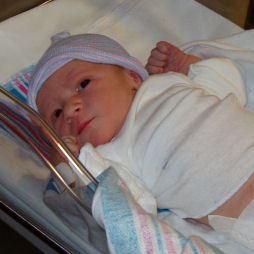Received an e-mail from a Pegasus Aviation Design Associate:
" I left the pass control office and went north on Airport Road past YYZ itself and entered the small town of Malton. Malton was home to the original National Steel Car plant during World War 2 which produced hundreds of Westland Lysanders and was later sold to Victory Aircraft Limited who produced hundreds of Avro Lancaster Mk X's for the RCAF in the same conflict. The street names for the old wartime employee housing sub-divisions still carry the names of Canadian General MacNaughton and Winston Churchill as well as Victory Road. The plant was at the north east corner of Toronto Pearson airport at Airport Road and Derry Road. The site was purchased after WW2 by Avro Canada Ltd. who successfully built the CF-100, Avro Jetliner and the ubiquitous CF-105 Arrow. Those of us in Canada understand the importance of this installation and it's part in Canadian aviation history. So much Canadian aviation history was made there with the likes of people like Jim Chamberlin, Fred Smye, pilots such as Janusz Zurakowski, Jack Woodman, Michael Cooper-Slipper, Spud Potocki, Peter Cope and thousands of other Avroites who made this company a pre-eminent aircraft design team in the 1950's. With the demise of Avro Canada in the early 1960's the plant reverted to the Hawker Siddeley home company who sold the works to de Havilland Canada (DHC) later in the decade. Many of the Avro production team left for jobs with American and European companies. The results were an influx of ex-Avro design engineers to enhance the American space program through Grumman and Lockheed and North American, and the European Concorde SST project. We are well aware that the Concorde is leaving service after an extraordinary service life. It exists in part due to the contribution of former Avro Canada engineers. All of this is documented. DHC used the old Avro facility for production of various aircraft componnents for deHavilland Canada, SPAR, Canadair and Douglas aircraft and the works were sold in the early seventies to McDonnell Douglas who farmed out major assemblies for the DC-9 and DC-10 to the plant. With the amalgamation of MacAir and Douglas with Boeing, Boeing took over the plant. I haven't followed the progress since then except that about a year a go the old Avro Canada plant was still carrying the Boeing logo. This afternoon I saw demolition equipment at work and they were knocking down the old Avro plant. I guess this is bittersweet irony in that the decisions of Canadian governments in the late 1950's to cancel the Arrow are finally coming to ultimate fruition in the destruction of the manufacturing plant as well. My major chagrin deals with the question that if that 1950's design team had been left in place to develop new and innovative projects I wonder what they might have achieved? It might be an unfair assessment to blame a Canadian government over the transitory realities of the Cold War (ICBM's notwithstanding) however it looks like the final evidence of Avro Canada's Toronto presence will be limited to a CF-100 mounted on a pedestal near the Malton Royal Canadian Legion in a park beside a skating rink. The Canadian Warplane Heritage Museum in Hamilton has more artifacts of the Arrow on display. The Orenda engine facility across the street, which produced thousands of jet engines to power the CF-100, Canadair Sabre and the Arrow, is still there but they are now a new company that specializes in high end piston engines as I am led to believe. They were earlier also the people who manufactured and overhauled powerplants for the CT-114 Tutor and the CF-5 Freedom Fighter. I'm left with a profound sense of sadness. SIC TRANSIT GLORIA"

Simviation Forums
Flight Simulator and other chat












 America preservers the Wright Flyer and the Spirit of St Louis, yet we destroy the greatest monumnets to our aviation history.
America preservers the Wright Flyer and the Spirit of St Louis, yet we destroy the greatest monumnets to our aviation history.

.jpg)
.jpg)